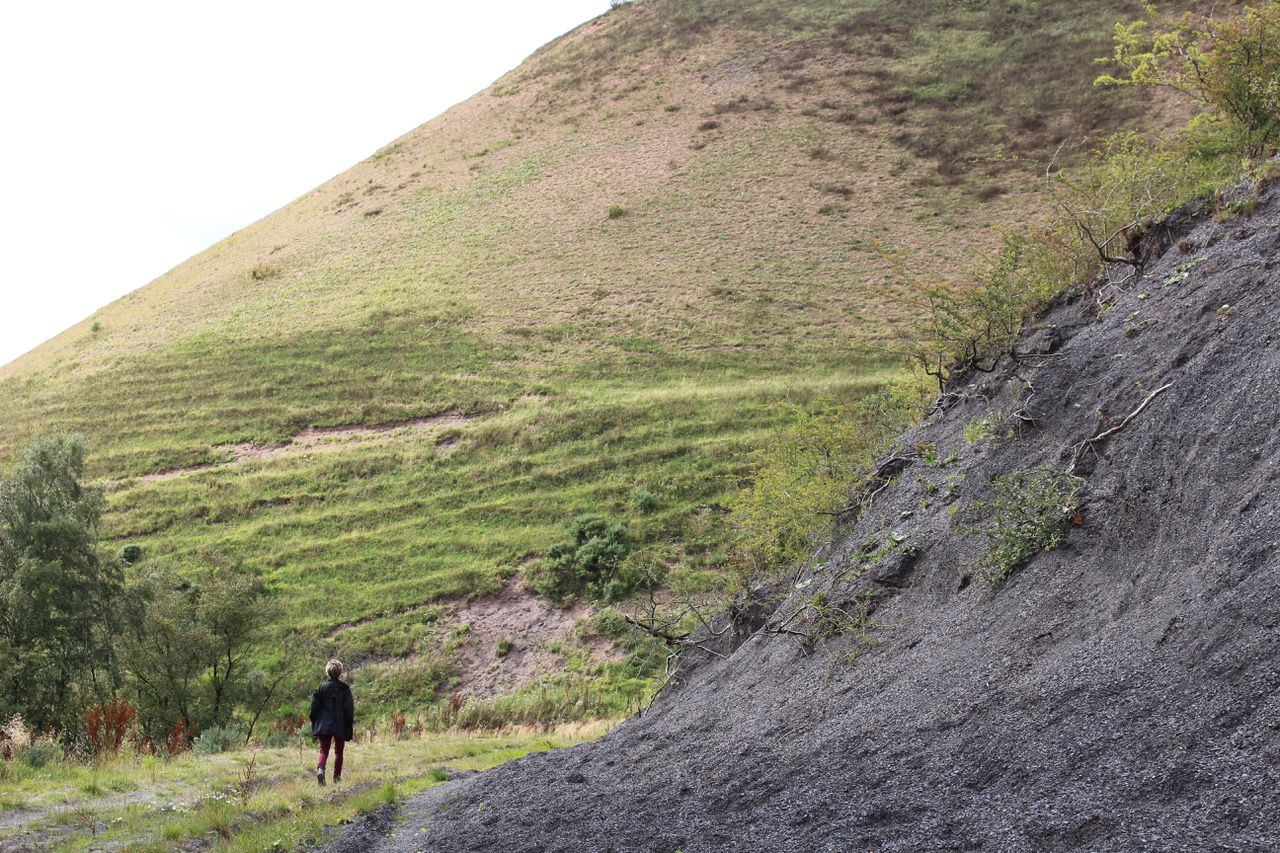Our keynote speaker at this year’s symposium is artist and Leverhulme Early Career Researcher at Slade School of Fine Art, UCL, Onya McCausland, who joins us to discuss: Turning landscape into colour.
onyamccausland.com
www.instagram.com/onyamccausland
cargocollective.com/turninglandscapeintocolour
Onya McCausland’s practice consists of paintings, murals, installation and land art. Her work is concerned with how specific materials and processes can be used as a conduit to open up interconnected underlying ideas that draw upon the changing environmental conditions underway in the contemporary landscape.
Ochre pigment is generated as waste during the process of mine water treatment in ex-coal mining landscapes around the UK. By turning these waste iron oxide materials into usable colour pigment for paint, the material and the sites they come from take on a new agency: matter transformed becomes a potent vehicle for articulating the changes occurring in the contemporary landscape.
Materials that form as waste effluent or slag from redundant coal mines and other industrial processes have an antagonistic relationship with our idea/l of ‘Landscape’. This contentious heritage has meant these materials and their place of formation are usually barricaded from view.
Onya will be discussing how the processes of developing paintings – through finding and following the formation of pigment materials found in the earth – inadvertently exposes different and unexpected views of the landscape.
Conceptual and land artist John Latham’s seminal work Derelict Land Art: Five Sisters (1976) brought a renewed significance to the way the ‘waste heap’ was perceived by naming Scotland’s oil shale waste ‘bings’ as ‘monuments’ or artworks. This presentation will consider the significance of naming as a means of marking out, by repurposing waste from Cuthill mine water treatment site (located just two fields away from the ‘Derelict Land Art: Five Sisters’ bing), as a means of articulating and exposing a new landscape heritage.
Onya will later be joined by expert pigment historian, collector and maker, Keith Edwards, for an informal conversation about historic sources of ochre in the British Isles.

